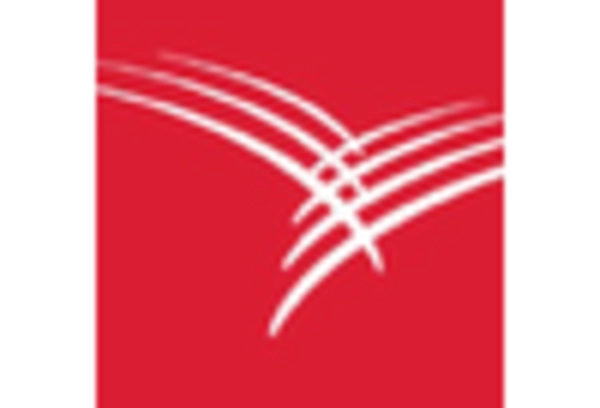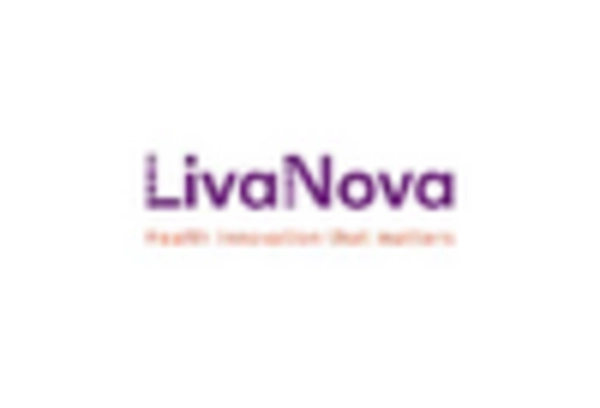Aging Population
The demographic shift towards an aging population in the GCC region is a notable driver for the structural heart devices market. As life expectancy increases, the incidence of age-related cardiovascular conditions is also rising. This demographic trend necessitates the development and deployment of advanced medical devices tailored to the needs of older patients. The structural heart-devices market is poised to benefit from this shift, as healthcare providers seek effective solutions to manage the complexities associated with aging. It is estimated that by 2030, the proportion of individuals aged 60 and above in the GCC will increase significantly, further amplifying the demand for specialized heart devices. This evolving demographic landscape suggests a sustained growth potential for the market.
Investment in Healthcare Infrastructure
The GCC countries are witnessing substantial investments in healthcare infrastructure, which is a crucial driver for the structural heart devices market. Governments are prioritizing healthcare as part of their national development plans, leading to the establishment of advanced medical facilities and specialized centers. This investment is expected to enhance the accessibility and quality of healthcare services, thereby increasing the adoption of structural heart devices. For instance, the healthcare expenditure in the GCC is projected to reach approximately $100 billion by 2025, indicating a strong commitment to improving health outcomes. As more hospitals are equipped with cutting-edge technology, the structural heart-devices market is likely to experience significant growth, driven by the demand for innovative treatment options.
Increased Focus on Preventive Healthcare
There is a growing emphasis on preventive healthcare in the GCC, which serves as a significant driver for the structural heart devices market. As awareness of cardiovascular health increases, more individuals are seeking early interventions and screenings. This shift towards preventive measures is likely to result in higher demand for structural heart devices, as healthcare systems aim to address issues before they escalate. The structural heart-devices market may benefit from initiatives promoting regular health check-ups and lifestyle modifications, which can lead to earlier diagnoses and treatments. Consequently, the market is expected to expand as healthcare providers adapt to this proactive approach, integrating advanced devices into their preventive care strategies.
Technological Innovations in Device Design
Technological innovations in the design and functionality of structural heart devices are driving the market forward. The introduction of minimally invasive procedures and advanced materials has revolutionized treatment options for patients with structural heart issues. These innovations not only improve patient outcomes but also reduce recovery times, making them more appealing to both healthcare providers and patients. The structural heart devices market is likely to see a surge in demand as new technologies emerge, offering enhanced performance and safety. Furthermore, ongoing research and development efforts in the GCC are expected to yield novel devices that cater to specific patient needs, thereby expanding the market's potential.
Rising Incidence of Cardiovascular Diseases
The increasing prevalence of cardiovascular diseases in the GCC region is a primary driver for the structural heart devices market. As lifestyle-related health issues become more common, the demand for innovative treatment options rises. Reports indicate that cardiovascular diseases account for a significant portion of mortality rates in the region, prompting healthcare providers to seek advanced solutions. The structural heart-devices market is expected to grow as hospitals and clinics invest in state-of-the-art technologies to address these health challenges. Furthermore, the GCC governments are likely to allocate more resources towards healthcare infrastructure, enhancing the availability of these devices. This trend suggests a robust growth trajectory for the market, as the need for effective interventions becomes increasingly urgent.

















Leave a Comment